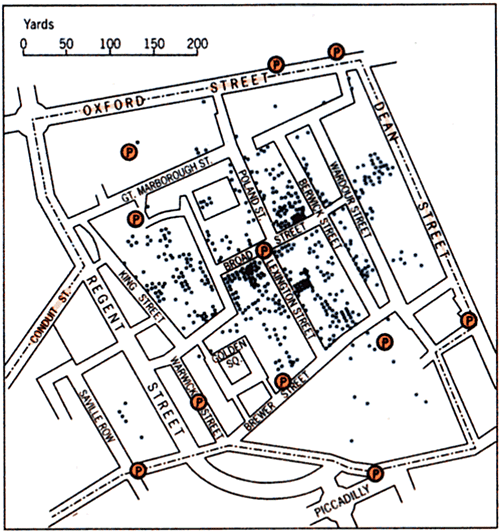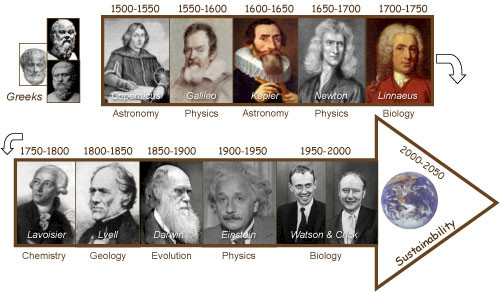Innovations in Environmental Synthesis, Reporting and Governance: Part 11 - Conclusion
Bill Dennison ·One of the things I would like to leave this conference with is some ideas about how we can collaborate between Chesapeake Bay and Australia. Let’s figure out how we can collaborate and work together. I’ll give you an example that I’ve thought up with some other folks at the University of Queensland. We can look at event-driven responses. We had a big flood in 2003 in the Chesapeake, and of course, Moreton Bay had the 2011 flood. We can recommend how to do better monitoring, how to do research that will lead to better and more effective management. We can look at governance tools and techniques. We could catalyze ongoing collaborations and better management in the human population and expanding coastal ecosystems. So we could do comparisons between systems and look at a scale effects. We could compare something that’s got a couple of million people to something that’s got twenty million people, or compare something that’s got two hundred million people versus two hundred thousand or twenty thousand. We could look at these different scales, and determine what’s transferable across different scales? And we can look for commonalities and differences. These are the kind of things that I think a good collaborative arrangement could create, generating opportunities that would transcend everything we do in Australia, everything we do in the states, and everywhere else in the world. So that’s just a concept, but I want to put that as a challenge if we can walk away with some solid collaborative concepts.
I want to end with this concept that good science reporting can really make a difference. The first STATer was a guy named John Snow. There is a good a book called The Ghost Map, which talks about how in inner city London, there was an outbreak of cholera. John Snow started plotting cholera deaths on a map, in which each black dot was a dead person. Snow was a physician and he actually administered ether to Queen Victoria during her childbirths. The way he did that is he learned about the effect of ether from sitting at his table, recording the time, sniffing the ether, knocking himself out, waking up, and then checking the time. He died a young man, no surprise. But what he did was brilliant; he associated cholera with contaminated water. He found that a very popular water pump turned out to be the deadly source of the contamination. So, he showed the map, they removed the pump, and ended that epidemic of cholera. So, good STATing can have good positive results.

If we look back at the history of science and its effectiveness to change the world we see that the Copernican revolution started in 1543 when he wrote a book that challenged the assumption that the sun went around the earth. He promptly died, which was a very smart move because it was very controversial and the Catholic Church put Galileo in jail for espousing the Copernicus theory. It was a revolution because of the way people thought about where they sat in the solar system, and within the universe. So there was the revolution in chemistry and geology and physics and biology, including Darwin's theories of natural selection. Although, I will point out that Alfred Wallace came up with the same theory of natural selection, but he’s not buried in Westminster Abbey and he doesn’t have a town named after him. It was Darwin, because he was the great communicator, as well as a great scientist. Einstein was Time magazine's Person of the Century; Not Roosevelt, or Hitler or Churchill, it was a scientist. And then Watson and Crick, leading the biological revolution that we’re experiencing right now. And the need of society, historically, to understand where we are, and where we came from is now a need for society to understand how we can develop sustainable solutions for our planet. We need a revolution in sustainability. And that’s where, I think, good science has a role in society in the future, and those applications of science are key. And that’s where TERN could be a part of that revolution.

So, my conclusions are that environmental challenges require more innovation. We need innovation in synthesis, reporting and governance, and those can be transformative. The sustainability revolution can be a result of an innovation scientists, and scientists working collaboratively. Arrangements like TERN can really lead the way. Thank You.
This blog post was created from a presentation by Bill Dennison to the Terrestrial Ecosystem Research Network in Melbourne, Australia on 29 Mar, 2011 (full powerpoint presentation can be accessed on IAN Press.
About the author
Bill Dennison

Dr. Bill Dennison is a Professor of Marine Science and Vice President for Science Application at the University of Maryland Center for Environmental Science.

